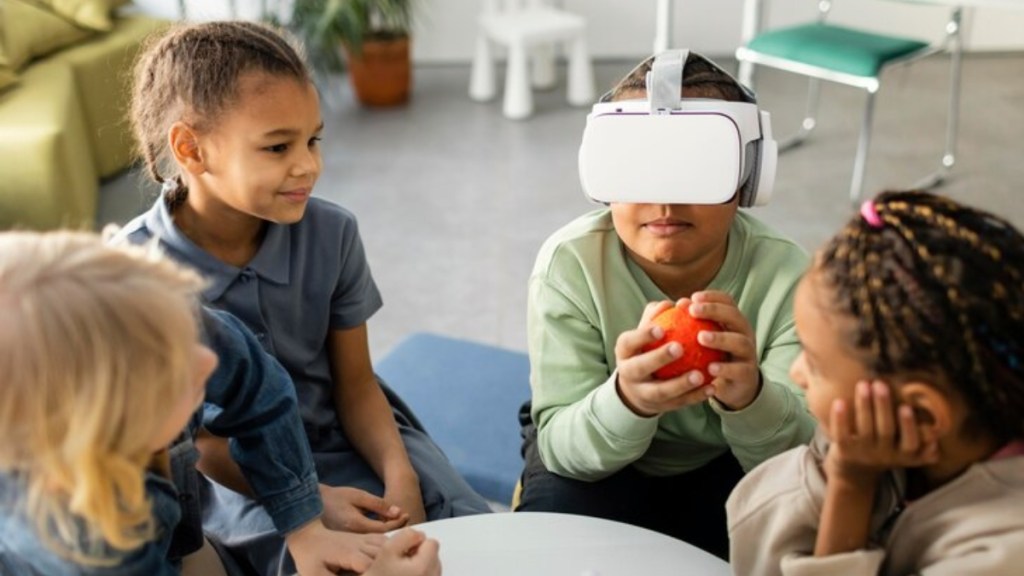By Ajay Gupta
Technology-based learning resources are essential in the constantly changing field of education to foster a comprehensive and future-ready learning environment. One particularly innovative tool that is changing the preschool educational paradigm is virtual reality (VR). Its revolutionary influence surpasses conventional techniques, producing a dynamic atmosphere that drives children’s overall growth. Virtual reality (VR) is the next big thing in education in preschools. It has the potential to completely change the way that children learn and develop, laying the groundwork for an immersive, all-encompassing educational experience that will equip them for the challenges of a constantly changing future.
Here’s a look at the significant influence virtual reality (VR) has on preschoolers and how it supports the complete mental development of young children-
Where do Conventional Teaching Methods Fall Short
It is crucial for nurturing children’s language, physical, social, emotional, and cognitive development during the essential preschool years. Traditional teaching approaches often fail to draw in and hold the interest and focus needed for comprehensive growth. This is where they fall short. Virtual reality, on the other hand, is a game-changer as it provides a rich educational experience that stimulates young minds in a manner that traditional methods are unable to. Thus, VR becomes the key to maximizing the benefits of preschool education by offering a dynamic and engrossing learning environment that promotes holistic development and builds a solid basis for children’s future pursuits.
The Transformative Power of VR
Preschool VR environments create vibrant 3D spaces that transcend traditional learning limitations and greatly improve children’s spatial awareness. This increased awareness is essential for success in school in the years to come, since it makes a variety of things easier to comprehend. Virtual reality stimulates young learners’ creativity and problem-solving abilities by immersing them in a variety of inventive and diverse worlds. Through shared virtual experiences, the immersive quality of VR simulations fosters cooperation and teamwork, in addition to stimulating their imagination. These shared experiences help children acquire critical social skills, which are the cornerstones of successful interpersonal interactions and communication.
Additionally, virtual reality offers learners a secure environment in which they can explore the nuances of human emotions. They can express and understand their emotions and gain emotional intelligence by interacting with virtual environments. Interactive VR environments not only stimulate the mind and emotions but also promote physical activity, which is essential for improving fine and gross motor abilities. Thus, virtual reality presents itself as an adaptable tool that comprehensively fosters preschoolers’ intellectual, social, emotional, and physical growth, shaping them into well-rounded people prepared to take on the problems of the future.
Embracing Virtual Reality in Preschools!
It’s critical to understand that technological learning assistance, such as virtual reality, enhances traditional teaching techniques rather than replaces them. The secret is to find the ideal balance between virtual and real-world experiences. With this method, learners can take advantage of virtual reality’s immersive qualities while still maintaining a connection to tangible, real-world education. Hence, by combining the two, cutting-edge technologies can help children develop a lifelong appreciation of learning, supporting their overall development and setting them up for success in the future.
The author is founder and CEO of Bachan Play School. Views are personal.

